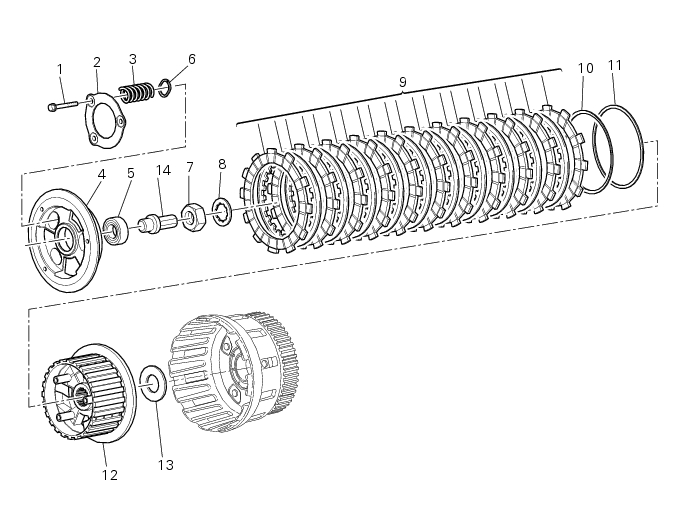
|
6.1 -
|
|
1
|
|
2
|
|
5
|
|
6
|
|
7
|
|
11
|
|
13
|
|
-
|
one driven disc (H), 2 mm thick;
|